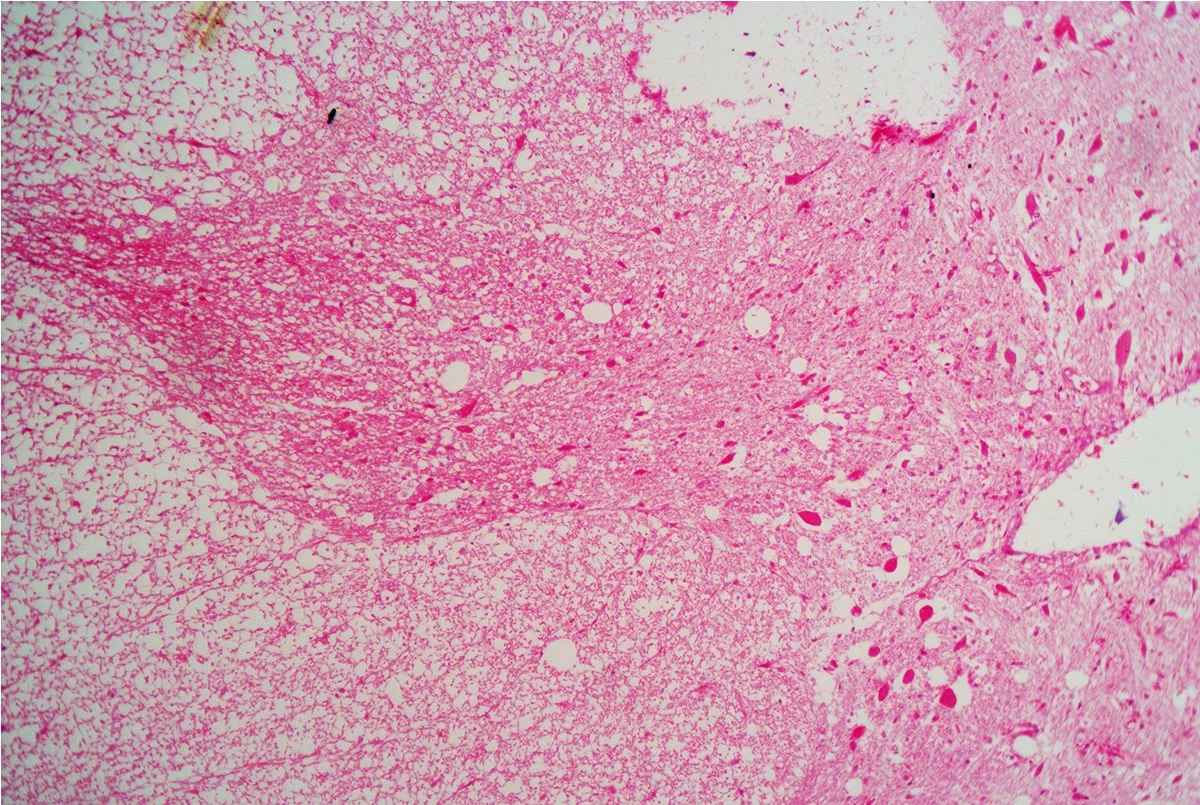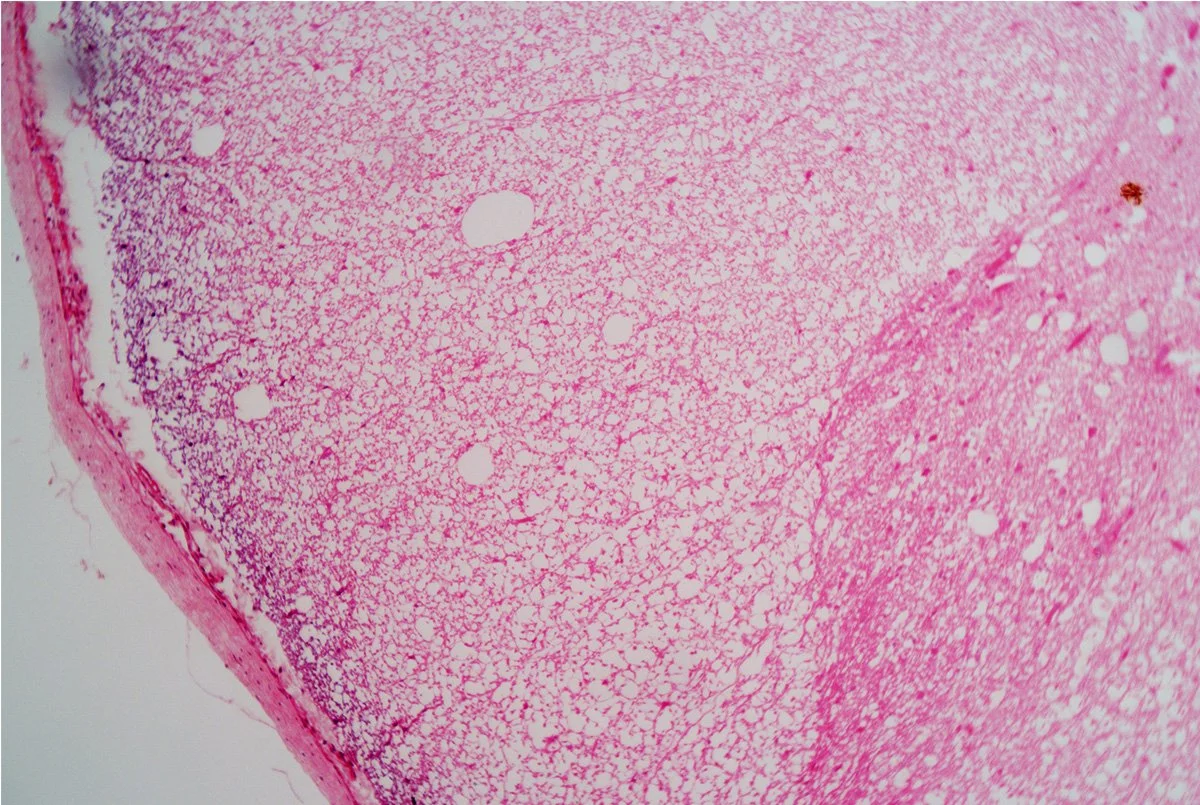The spinal cord is also a battleground for numerous infectious and autoimmune conditions.
Certain viruses, like poliovirus or enteroviruses, target motor neurons, while others—such as herpesviruses or West Nile virus—may inflame the spinal cord through viral myelitis.
Bacterial infections like tuberculosis can lead to spinal abscesses or vertebral collapse, indirectly compressing or damaging spinal tissue. Even fungal or parasitic infections may infiltrate the central nervous system, especially in immunocompromised patients.
Understanding this anatomy is critical for detection, prognosis, and intervention in such cases.







